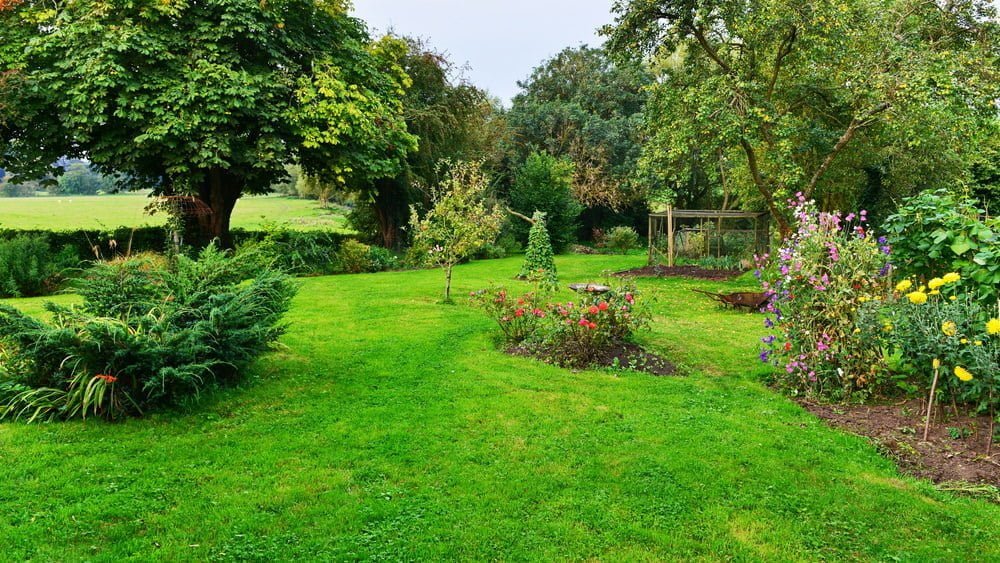Are new landscaping trees on your wish list this year? If so, now’s the time to start planning.

Our Northern Utah climate supports hundreds of different varieties of trees, but not every type is well-suited for every location. Choosing the right trees for your home will require a little thought and planning.
What Function Will Your Landscaping Trees Serve in Your Yard?
Why do you want to add trees to your landscape? Answering this question will help you select the best variety to suit your purposes.
Are you hoping to give your yard an extra pop of color? Flowering trees, such as the Eastern Redbud, Japanese Tree Lilac or Douglas Hawthorn, burst with gorgeous, colorful blooms that will add beauty to your property.
Maybe you want some shade in the summer months. Deciduous varieties, like the Canyon Maple or Green Ash might be good choices. Planting them on the south or west side of your yard can shade your home and reduce air-conditioning costs. When the weather turns cold, these trees will shed their leaves to allow the sun’s warmth to reach your home, reducing the need for heating.
If you seek privacy and wind protection, evergreens are ideal. Varieties like the Bristlecone Pine or Blue Spruce grow well in Utah. Plant them on the north or west side of your property to reduce your winter heating costs.
Do You Have Room for Landscaping Trees to Grow?
Architects and designers have a saying: form follows function. This adage also applies to landscape design. Once you’ve considered the desired function of your trees, it’s time to think about form.
Many varieties of trees grow very large and develop expansive root systems. If you choose any of these species, you must ensure that they have adequate space to grow to maturity. Consider also how the root system may affect sidewalks, driveways and your home’s foundation. Other important considerations are septic systems and sewer and water lines. If you aren’t sure where these underground Blue Stakes of Utah.
As a general rule of thumb, trees that grow to over 30 feet should be planted at least 15 feet away from your house and other structures. Smaller trees can be placed closer, but keep them at least eight feet out.
In addition, you should avoid planting landscaping trees under utility lines as they could interfere with the lines as they grow taller.
Other Key Considerations in Selecting Landscaping Trees
Aside from form and function, you must also think about site conditions. Will the trees you choose thrive in the location where you hope to plant them?
To answer that question, you’ll need to consider your soil quality and the amount of sun exposure the tree will receive. Drainage is also important, as tree roots require sufficient oxygen to develop properly. Consider also how you will water the tree. Will it require changes to your lawn sprinkler system?
Landscaping trees must be matched to your hardiness zone in order to grow well. Utah hardiness zone using the USDA’s handy map interface, or you can talk with one of our experienced customer service associates.
Would you like professional assistance in choosing the ideal trees for your property? Millcreek Gardens, Salt Lake City’s favorite garden center, is here to help. Stop in and see us today for expert recommendations and the best variety of plants, trees and shrubs in Northern Utah. We look forward to helping you select the perfect landscaping trees for your home.


